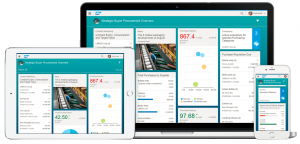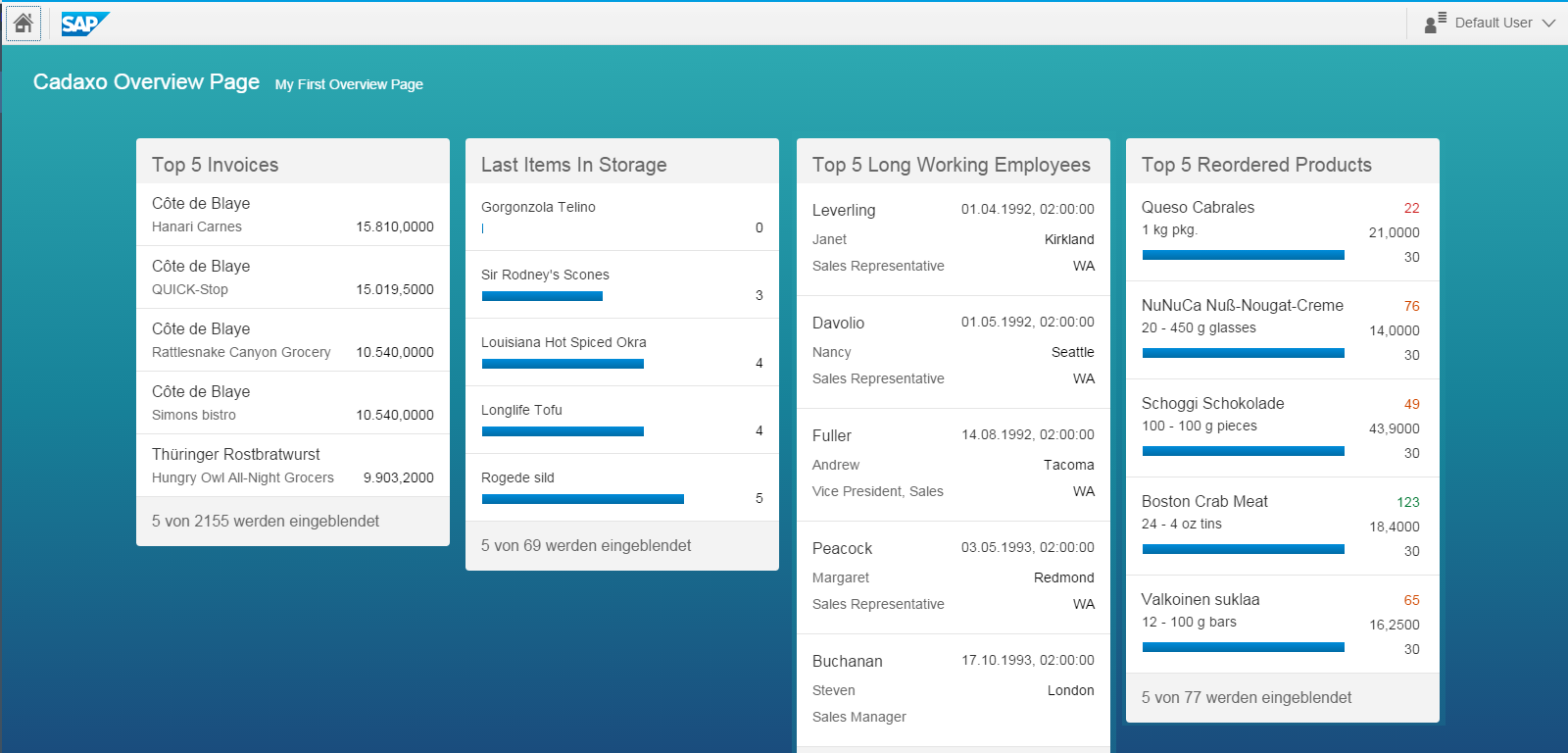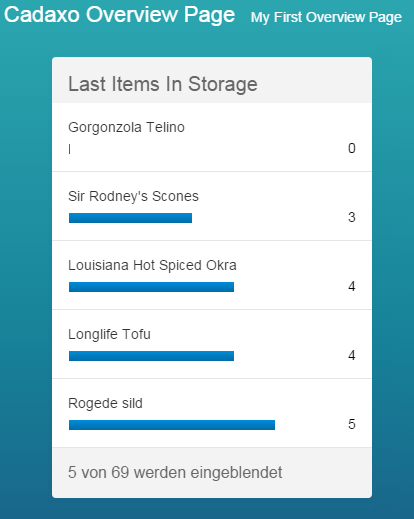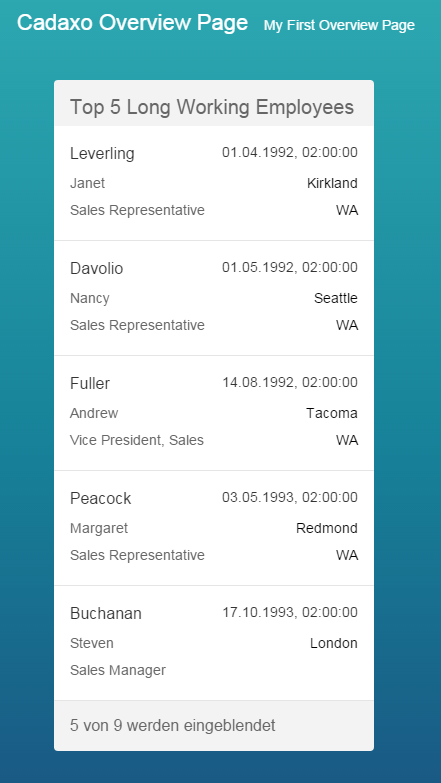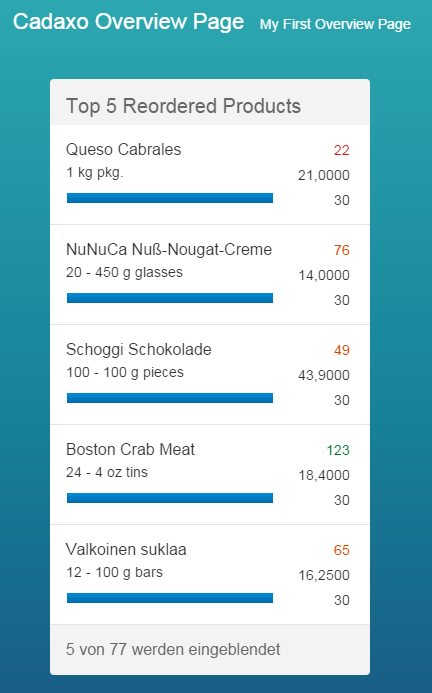Ende der 90er, am Höhepunkt der ersten dot.com Blase, wurde SAP scharf ob ihrer nicht vorhandenen Webfähigkeiten kritisiert. Seitdem ist viel passiert und viele verschiedene Webtechnologien sind gekommen und auch wieder gegangen. Ich hatte immer das Gefühl, das SAP stets auf der Suche nach der richtigen Technologie, dem richtigen Vorgehen war.
Bei dieser Suche gab es für mich gab es drei Meilensteine. Der Internet Transaktion Server (ITS), der es ermöglicht hat jede beliebige SAP GUI Transaktion im Web darzustellen. Die Usability war natürlich grausam, aber noch heute ist es die schnellste und einfachste Methode bestehende Applikationen im Web verfügbar zu machen. Die meisten Kunden verwenden es zum Glück nur für selten genutzte Applikationen.
Business Server Pages (BSP). Entstanden als Freizeitprojekt einiger Walldorfer Entwickler, legte diese Technologie die Grundlage für den Web Application Server wie wir ihn heute kennen. Und viele andere SAP Webtechnologien rendern zu guter Letzt mittels BSP deren User Interface.
Für mich ist SAPUI5 jetzt der dritte große Meilenstein. Was bringt mich dazu, das zu glauben? Um das zu begründen sollten wir zuerst schauen, was SAP aus den vergangenen User Interfaces gelernt hat. Mit BSP war SAP am Puls der Zeit. Man hatte eine ähnliche Technolgie wie Microsoft mit ASP (Application Server Pages) und Java mit JSP (Java Server Pages). Bei den Technologien und Ansätzen, die sich daraus entwickelt haben, sind vor allem Webdynpro und WebUI zu nennen. Dies sind keine Webrendering Technologien, sondern Konzepte und Frameworks, die Entwicklern die Programmierung von strukturierten Anwendungen erleichtern sollten. Leider hat SAP damals immer mehr sein eigenes Süppchen begonnen zu kochen, sodass man sich von den großen Strömungen entfernt hat. Insbesondere im Bereich der Usability und der Nutzbarkeit in verschiedensten Browsern und auf unterschiedlichsten Endgeräten, wurde der Anschluss verpasst.
Dann kam HTML5 und damit nicht nur eine neue Webtechnologie (mit HTML wie man es aus den Neunzigern kennt, hat HTML5 herzlich wenig zu tun) sondern auch ein neues Designparadigma, wie man am Besten für unterschiedlichste Endgeräte entwickeln sollte.
Es hat wohl ein Umdenken innerhalb der SAP stattgefunden, denn jetzt hat SAP plötzlich bekommen, alles richtig zu machen. Anstelle der Entwicklung einer ähnlichen Technologie setzt SAP nun genau auf HTML5 auf. Somit profitiert SAP sofort von allen Weiterentwicklungen des weltweiten Standards HTML5. Und SAPUI5 ist ja keine eigenständige Technologie, sondern eine zusätzliche API, die die Darstellung von Geschäftsprozessen und Daten im Web vereinfachen und verbessern soll. Davon hat SAP sogar eine Open Source Version (OpenUI5) veröffentlicht.
Die richtige UI Strategie zu haben reicht aber nicht aus um festzustellen, ob diese sich auch durchsetzen wird. Denn oft waren die besten Produkte nicht die, die sich dann am Ende durchgesetzt haben. Was lässt mich also glauben, das SAPUI5 sich jetzt hier durchsetzen wird?
Es sind die vielen neuen Produkte, der SAP, die jetzt bereits auf diese Technologie setzen. SAP Fiori verwendet UI5 als Technologie um Prozesse aus den bestehenden Systemen einfach und übersichtlich web fähig zu machen. Es gibt schon über 400 verschiedene Apps der SAP und es ist kein Ende in Sicht.
SAP Cloud Systeme. Egal ob es die HANA Cloud Platform ist, auf welcher Entwickler mit SAPUI5 neue Applikationen bauen können, auch viele Cloud Standardlösungen der SAP (zB Cloud for Customer) setzen bereits auf der UI5 Technologie auf.
Das sind schon viele Zeichen, die die Wichtigkeit dieser UI Strategie erahnen lassen. Aber das größte Argument kommt noch. S4 HANA, DIE Zukunft der SAP, das System, das das erfolgreichste und am weitesten verbreitete Produkt der SAP Familie ablösen soll, das in die Fußstapfen von R/3 (Entschuldigung: SAP ERP) treten soll. Dieses Produkt setzt komplett auf SAPUI5 als Oberflächentechnologie.
Und damit ist für mich klar. Das ist keine weitere zusätzliche Oberfläche, die in bestimmten Szenarien und einigen Lösungen zum Einsatz kommt, sondern das wird alle anderen Oberflächen ablösen oder zu Nischenanwendungen degradieren. Und das finde ich gut. Es ist eine großartige Technologie, sie ist wunderbar mit Non-SAP Technologien kombinierbar. Egal ob es einmal sehr fancy sein soll, oder bestimmte Technologien in SAP Prozesse integriert werden können (zum Beispiel Image Recognition), als Entwickler kann man aus einem unendlichen Pool an Lösungen auswählen.


